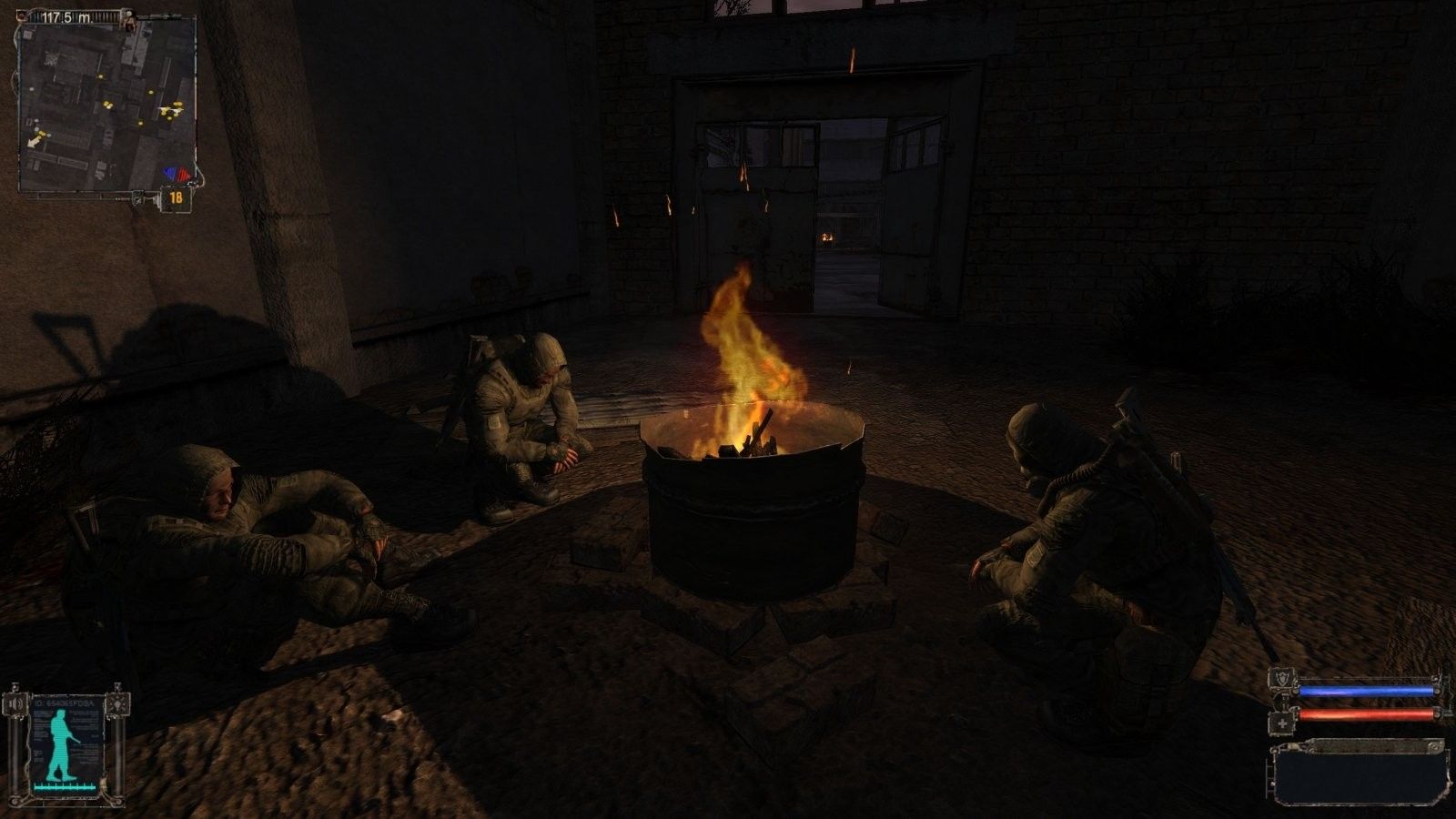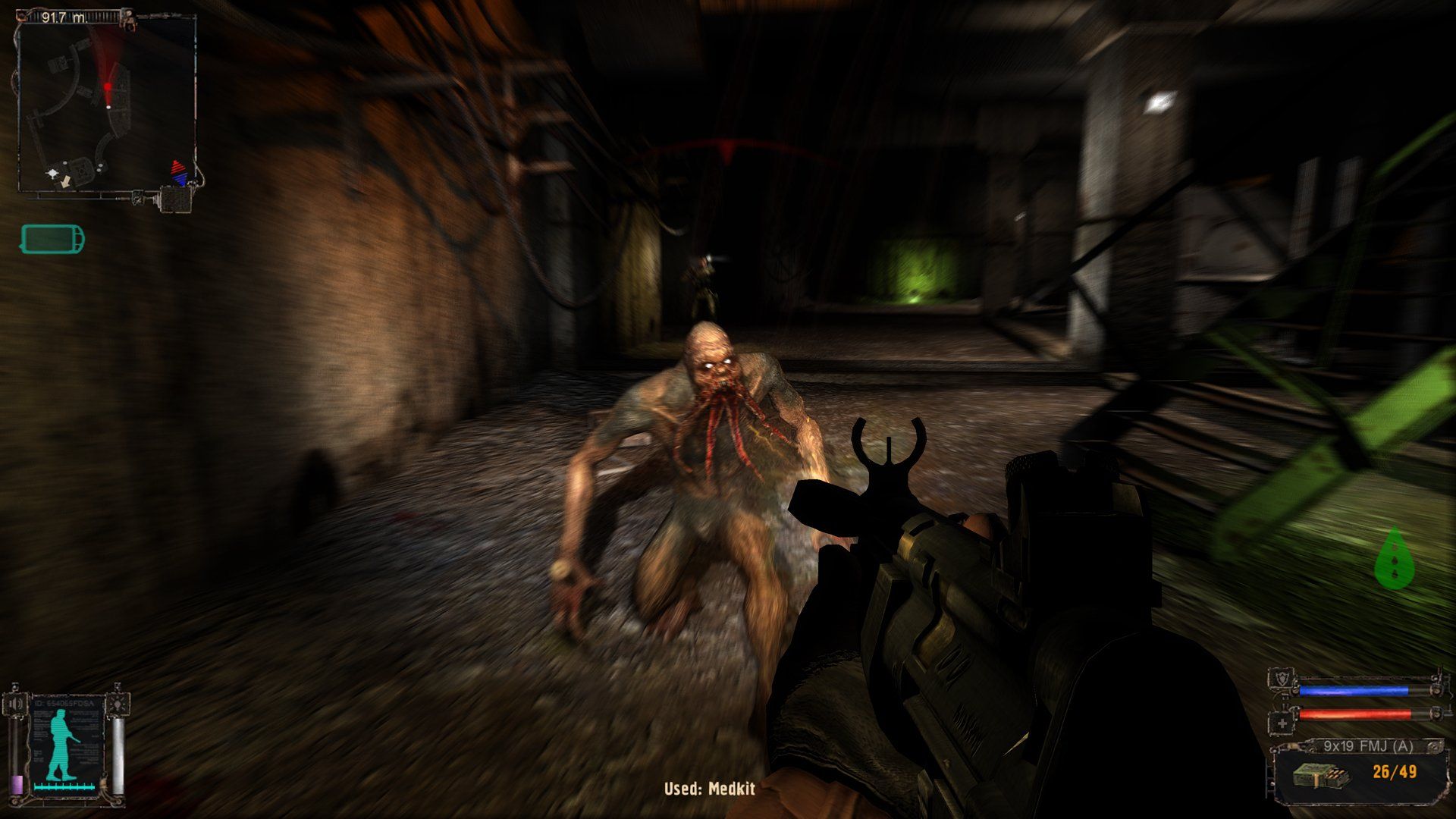Exploring the Roots of STALKER
The Cold War era was a time of uncertainty and fear, especially regarding the secretive Soviet Union. Rumors of mind control, space weapons, and other outlandish ideas fueled the imaginations of many. The aftermath of the Chernobyl meltdown in 1986 only added to the mystique of this strange and isolated nation. The Exclusion Zone, a region left desolate by the disaster, became the perfect setting for tales of secret experiments, biological mutations, and unknown dangers.
The STALKER series emerged from this rich tapestry of history and fiction. The original trilogy, consisting of Shadow of Chernobyl (2007), Clear Sky (2008), and Call of Pripyat (2009), offered players a glimpse into a post-apocalyptic world where anomalies defied the laws of physics. Players assumed the role of the “marked one,” navigating through the Exclusion Zone and encountering various challenges along the way.
While the game may show its age in terms of graphics and mechanics, its atmospheric design remains a standout feature. The eerie landscapes, coupled with unsettling sound effects, create a sense of isolation and unease that draws players into the game’s world. The use of a dated PDA device as a quest tracker adds to the immersion, emphasizing the game’s commitment to offering a rich, detailed experience.

Challenges Ahead
However, playing STALKER on modern consoles may present some challenges. The controls can feel clunky and unwieldy at times, reflecting the game’s origins as a PC title from the 2000s. Graphically, the game has received updates, but it still falls short of contemporary standards. Despite these limitations, the game’s retro aesthetic adds to its overall atmosphere, creating a sense of foreboding and mystery that resonates with players.
Combat, a crucial aspect of the gameplay, can be frustrating due to control issues and erratic enemy AI. Navigating through hostile environments while managing limited health resources requires patience and strategic thinking. The absence of modern gaming conveniences, such as regenerative health, may test players’ adaptability and resourcefulness.

Final Thoughts on STALKER
In conclusion, the STALKER trilogy offers a unique and immersive experience for players willing to overlook its dated design and technical flaws. With mod support on the horizon, potential improvements may address some of the issues raised by players. Priced reasonably for all three games, the trilogy provides a captivating journey through a desolate Soviet world filled with danger and intrigue. While the game may not be for everyone, those seeking a challenging and atmospheric adventure may find STALKER to be a rewarding experience.
If you’re ready to brave the mysteries of the Exclusion Zone and uncover its secrets, STALKER awaits your courage and determination.
